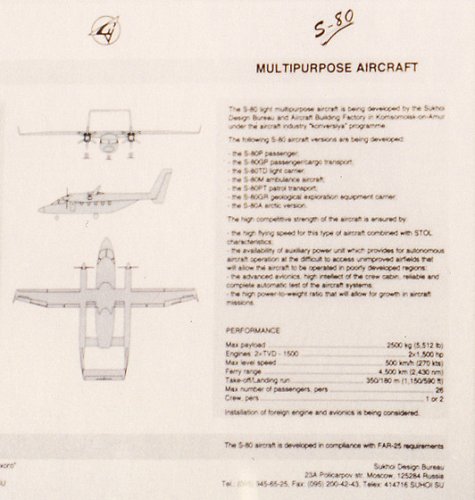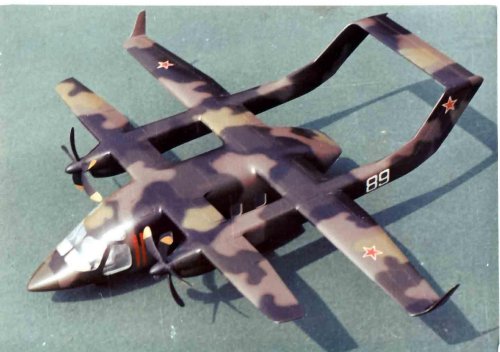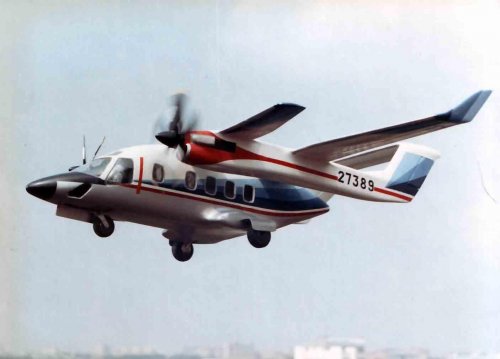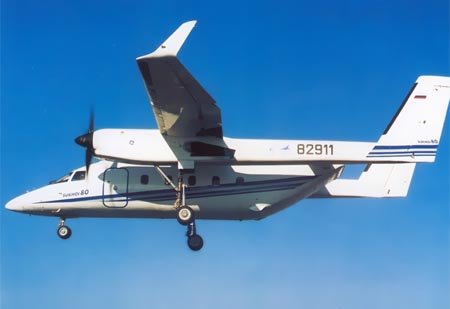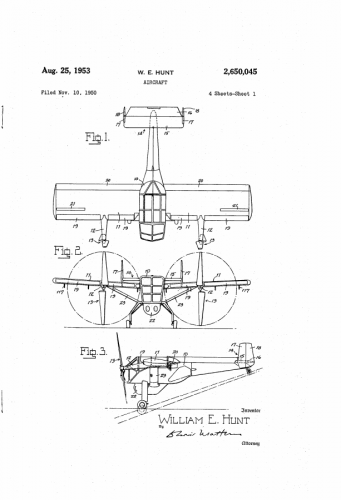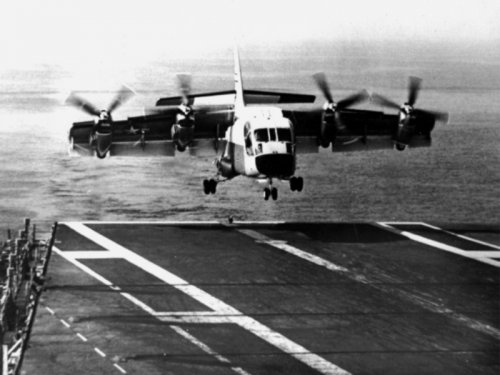Broncazonk
What the hell?
- Joined
- 29 August 2011
- Messages
- 134
- Reaction score
- 5
Hyopothetical question--one that I've been pondering for years. If you were designing a STOSL (Short Takeoff Short Landing) aircraft that would be like a PC-6, or Turbo-Beaver, in size but would be much, much better at STOSL, what would be its design features?
I've been thinking of an "active variable-incidence, parasol wing" that would also feature retractable slats. The wing would be connected to an actuator, the actuator connected to a computerized flight control system that quickly acted and reacted to all the various inputs: delta velocities, sink rates, engine power and performance, prop speed and atmospheric inputs while landing and taking off.
I'm really hoping that everyone will jump in with ideas so we might brainstorm a Superduper-Storch, or Ulta-Maule.
Thanks
Bronc
I've been thinking of an "active variable-incidence, parasol wing" that would also feature retractable slats. The wing would be connected to an actuator, the actuator connected to a computerized flight control system that quickly acted and reacted to all the various inputs: delta velocities, sink rates, engine power and performance, prop speed and atmospheric inputs while landing and taking off.
I'm really hoping that everyone will jump in with ideas so we might brainstorm a Superduper-Storch, or Ulta-Maule.
Thanks
Bronc

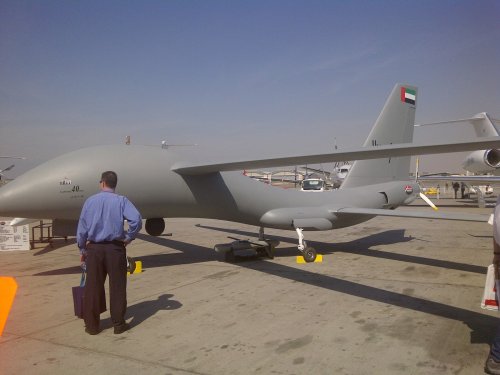
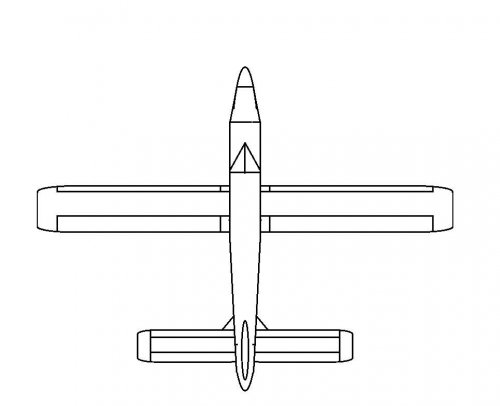

![Boeing_USB_Strike_Fighter[1].jpg](/data/attachments/59/59922-779113b9b9b19dd827a59ca249bf0cd6.jpg)



